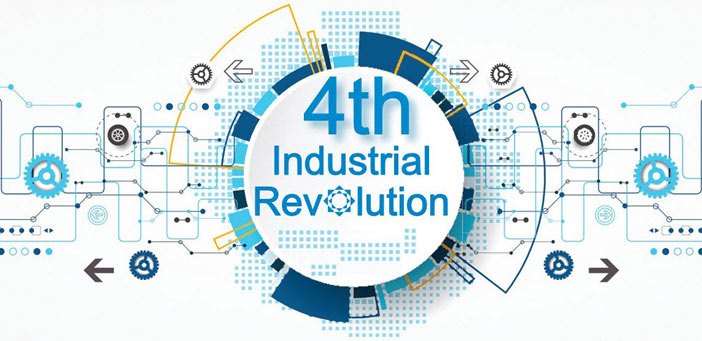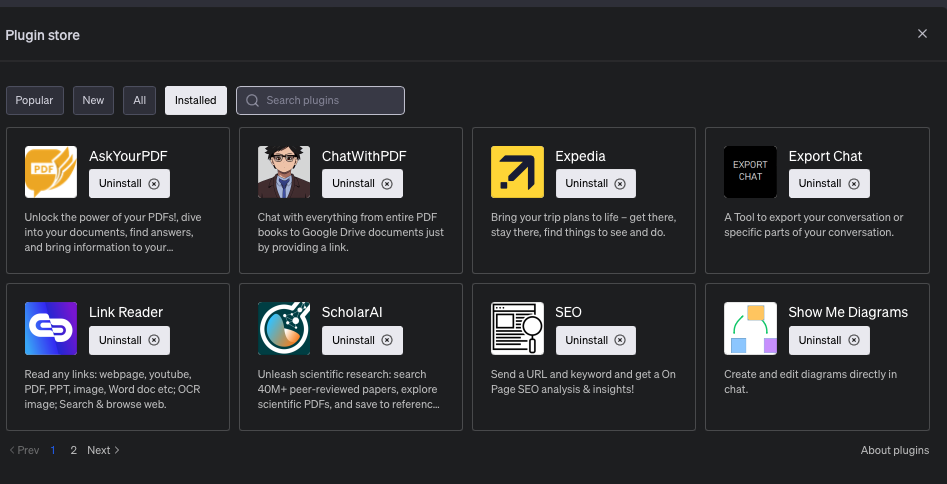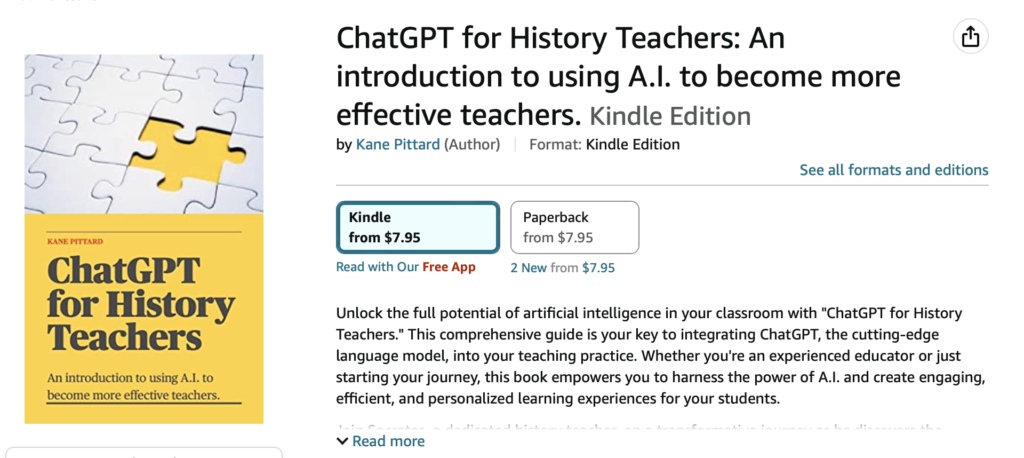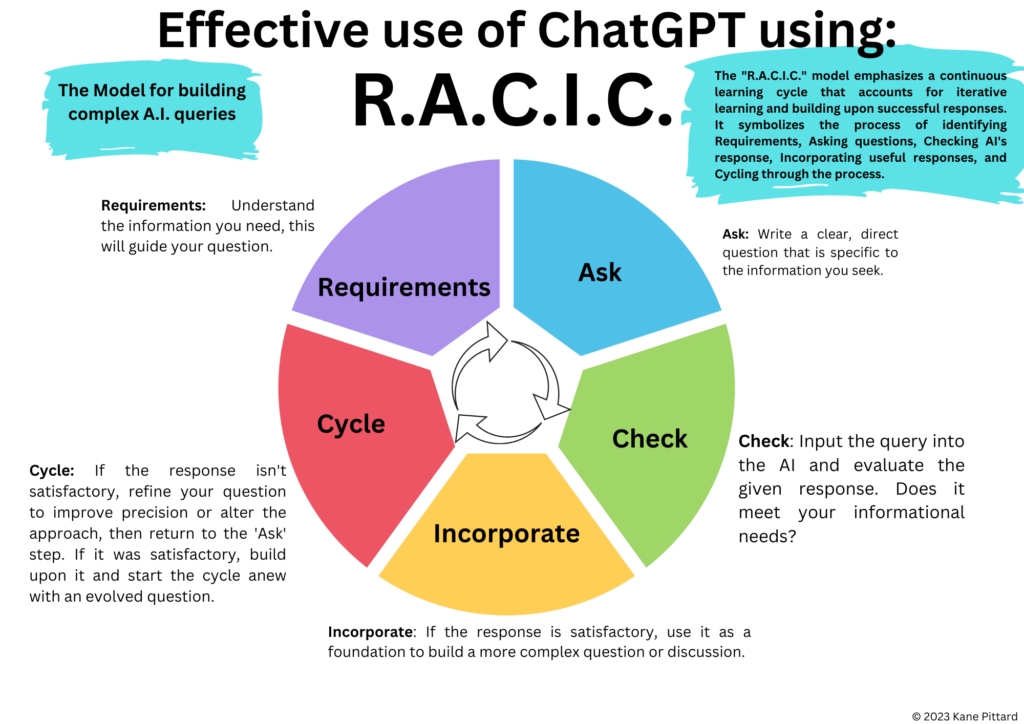A thought provoking read on the impact of external forces on affecting teacher development
The article emphasizes the importance of adapting education to the demands of the Fourth Industrial Revolution by implementing hands-on learning opportunities, fostering collaboration among students, and providing effective professional learning for teachers. Hands-on learning allows students to apply the knowledge they gain in the classroom to real-world problems, making them active producers rather than passive consumers of knowledge. Collaboration helps students develop teamwork skills necessary for success in the gig economy and global business landscape.
Teachers must adapt their instruction to meet the needs of students in a technology-driven world, which requires access to effective professional learning opportunities. However, challenges such as finding time and resources for professional learning and keeping up with rapidly changing technologies pose difficulties for teachers. To address these challenges, professional learning should focus on the 4Cs (communication, collaboration, creativity, and critical thinking) and intentional digital transformational technologies.
The article concludes that the Fourth Industrial Revolution necessitates a shift in focus towards digital leadership training for teachers and moving beyond conceptual understanding for students in order to ensure they can take full advantage of the available opportunities.
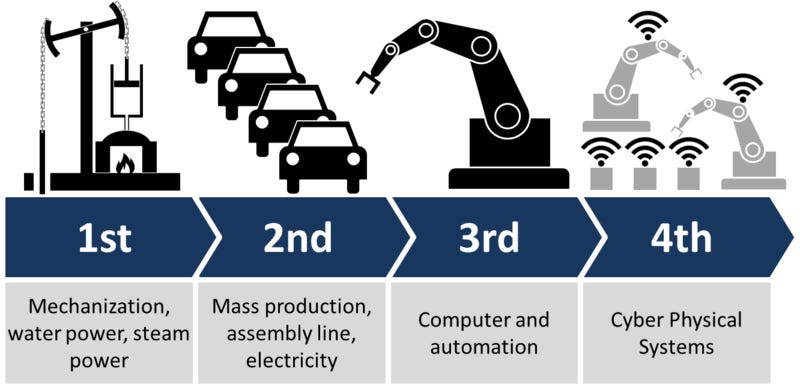
The 4th Industrial Revolution, also known as Industry 4.0, refers to the era of rapid technological advancements that are transforming industries and economies worldwide. In this context, 4th Industrial Revolution skills are the abilities and competencies that individuals need to thrive in this rapidly changing environment. These skills are essential for navigating the challenges and opportunities presented by emerging technologies, such as artificial intelligence, robotics, the Internet of Things (IoT), and advanced data analytics. Some of the key 4th Industrial Revolution skills include:
- Critical Thinking and Problem Solving: The ability to analyze complex situations, identify problems, and develop innovative solutions is crucial in the context of rapid technological change. Critical thinking involves questioning assumptions, evaluating evidence, and making informed decisions, while problem-solving focuses on finding effective ways to address challenges.
- Creativity and Innovation: As automation and AI take over routine tasks, human creativity becomes even more valuable. Creativity involves generating new ideas, products, or solutions, while innovation focuses on implementing these ideas effectively. Developing a mindset that encourages experimentation, risk-taking, and continuous improvement is essential in the 4th Industrial Revolution.
- Emotional Intelligence and Interpersonal Skills: The ability to understand, manage, and communicate emotions effectively is critical for success in a technology-driven world. Emotional intelligence involves empathy, self-awareness, and the ability to navigate complex social situations. Interpersonal skills, such as collaboration, negotiation, and conflict resolution, are also crucial for working effectively with diverse teams and forming meaningful relationships.
- Digital Literacy and Technological Competence: In the 4th Industrial Revolution, individuals must be proficient in using digital tools and technologies, as well as understanding the underlying principles and concepts. Digital literacy involves the ability to find, evaluate, and create digital content, while technological competence focuses on using technology effectively and adapting to new tools and platforms. This includes understanding data analysis, cybersecurity, coding, and other technical skills.
- Lifelong Learning and Adaptability: As technology and industries evolve, individuals must be prepared to continuously learn and adapt to new information, tools, and techniques. Embracing a growth mindset and a commitment to lifelong learning will be essential for success in the 4th Industrial Revolution. This includes staying up-to-date with industry trends, acquiring new skills, and being open to change.
By developing these skills, individuals can thrive in the 4th Industrial Revolution, successfully navigating the challenges and opportunities presented by emerging technologies and rapidly changing industries.
Tools like ChatGPT can have a significant impact on the development and application of 4th Industrial Revolution skills. They can complement and extend human capabilities, providing new opportunities for individuals to leverage these skills in various contexts:
- Critical Thinking and Problem Solving: AI tools can aid in processing vast amounts of information, analyzing patterns, and generating insights, which can help individuals make informed decisions. By utilizing AI-driven analytics, individuals can focus on higher-level critical thinking tasks, such as strategic planning, interpreting results, and evaluating the potential implications of different courses of action.
- Creativity and Innovation: AI tools, such as ChatGPT, can generate new ideas and perspectives by processing and combining existing information in novel ways. They can serve as a creative partner, helping individuals brainstorm and explore alternative approaches. By using AI-generated suggestions as a starting point, individuals can further refine and develop their own creative ideas, leading to more innovative solutions.
- Emotional Intelligence and Interpersonal Skills: AI-powered tools can analyze text, speech, and other forms of communication to identify emotions, sentiment, and social cues. By providing insights into the emotional states and preferences of others, these tools can help individuals develop empathy and better tailor their communication. However, it is essential for individuals to maintain and enhance their human connection and emotional intelligence, as AI tools cannot fully replicate the nuances of human emotions and interactions.
- Digital Literacy and Technological Competence: Utilizing AI tools such as ChatGPT effectively requires a level of digital literacy and technological competence. By learning to work with these tools, individuals can improve their understanding of AI principles, algorithms, and ethical considerations. As AI becomes more integrated into daily life, the ability to interact with and control AI-driven tools and platforms will be increasingly important.
- Lifelong Learning and Adaptability: AI tools can facilitate lifelong learning by providing personalized recommendations, resources, and learning experiences. They can help individuals identify knowledge gaps, monitor progress, and stay up-to-date with the latest industry trends. As AI continues to evolve, individuals who are adaptable and committed to learning about new technologies will be better positioned to harness their potential and stay ahead of the curve.
AI tools like ChatGPT have the potential to change and extend the 4th Industrial Revolution skills by offering new ways to access and process information, enhance creativity, and support lifelong learning. However, it is crucial for individuals to continue developing their own skills and capabilities, as AI tools are meant to complement human expertise rather than replace it entirely.
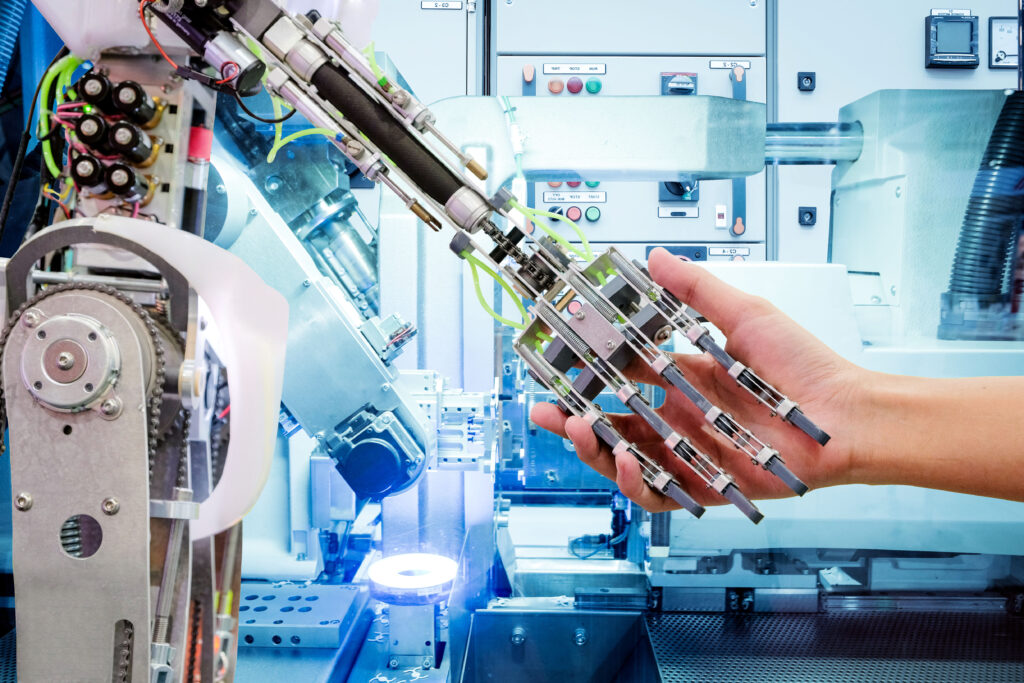
While 4th Industrial Revolution skills are crucial in today’s rapidly changing world, it is essential to recognize the importance of a strong knowledge foundation upon which these skills can be built. Traditional education systems in primary and secondary schools play a vital role in creating this foundation by teaching core subjects, such as mathematics, science, history, and language arts. These subjects provide students with the fundamental knowledge required to effectively apply the aforementioned skills.
However, the integration of AI tools like ChatGPT into the educational journey should not be overlooked. These tools can supplement traditional education methods and help students develop a stronger knowledge base in specific learning areas. The key is to strike a balance between foundational knowledge and the development of skills that leverage emerging technologies.
The traditional education system can evolve to integrate AI tools like ChatGPT in the following ways:
- Personalized Learning: AI tools can analyze individual students’ learning styles, strengths, and weaknesses to create customized learning experiences. By adapting the curriculum to each student’s unique needs, educators can help students develop a stronger foundation in core subjects while also fostering the growth of critical 4th Industrial Revolution skills.
- Enhancing Teacher-Student Interaction: AI tools can automate routine tasks, such as grading and administrative work, allowing teachers to focus more on one-on-one interactions with students. By spending more time on personalized guidance and mentorship, teachers can better support students in building a strong knowledge base and honing their problem-solving and critical thinking abilities.
- Real-World Problem Solving: Integrating AI tools into the curriculum can help students tackle real-world problems using technology, data analysis, and collaboration. By incorporating project-based learning and real-world scenarios, the education system can enable students to apply their foundational knowledge while simultaneously developing advanced skills.
- Continuous Assessment and Feedback: AI-driven assessment tools can provide students with real-time feedback on their performance, helping them identify areas where they need improvement. By offering immediate, personalized feedback, AI tools can support students in strengthening their knowledge base and refining their skills.
- Teacher Professional Development: Teachers should be provided with opportunities to learn about AI tools and their potential applications in the classroom. By equipping teachers with the skills and knowledge to effectively integrate AI technologies into their teaching, schools can ensure that students receive a well-rounded education that combines foundational knowledge with 4th Industrial Revolution skills.
Traditional education systems in primary and secondary schools must continue to focus on building a strong knowledge foundation while evolving to integrate AI tools like ChatGPT. By striking a balance between core subject knowledge and the development of advanced skills, education systems can better prepare students for the challenges and opportunities of the 4th Industrial Revolution.
Are there models on integrating these tools into traditional education?
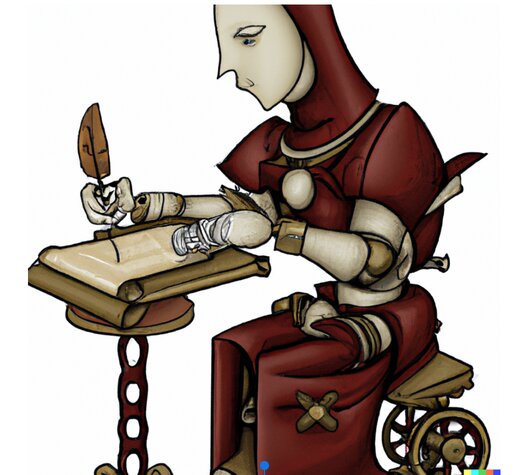
I had a go at a 10 week history program focusing on medieval Europe from 1066 to 1492 can be adapted using the approach detailed above. Here’s a modified version of the program with specific attention to the Battle of Hastings, castles, the feudal system, the Crusades, the Black Plague, the Renaissance, and voyages of exploration:
Weeks 1-3: Building Foundational Knowledge
- Week 1: Introduce the timeline of medieval Europe, focusing on key events and figures. Begin with the Battle of Hastings in 1066, discussing its significance and outcomes.
- Week 2: Study the feudal system, castles, and their roles in medieval society. Discuss the construction, purpose, and evolution of castles over time.
- Week 3: Explore the Crusades, their causes, and consequences. Introduce the concept of the Black Plague and its impact on Europe.
Weeks 4-5: Introduction to 21st-Century Skills and AI Tools
- Introduce digital literacy, collaboration, and communication as crucial 21st-century skills.
- Familiarize students with AI tools like ChatGPT and their applications in historical research and analysis.
- Conduct workshops on responsible and ethical use of AI tools and digital platforms for historical studies.
Weeks 6-7: Integration and Application of AI Tools
- Week 6: Encourage students to use AI tools for research projects on medieval European society, focusing on topics such as the feudal system and the role of castles.
- Week 7: Have students work in groups to analyze the factors that led to the Crusades, the Black Plague, and their consequences, using AI tools to support their research.
Weeks 8-9: Real-World Problem Solving and Project-Based Learning
- Week 8: Assign a project focused on the transition from the medieval period to the Renaissance, discussing the factors that contributed to this change.
- Week 9: Explore the voyages of exploration and their connection to the Renaissance. Have students research and present on key explorers, their discoveries, and the impact on Europe.
Week 10: Assessment and Reflection
- Assess students’ understanding of medieval Europe, including key events, figures, and concepts, using a combination of traditional and AI-driven assessment methods.
- Provide personalized feedback on students’ performance, highlighting areas for improvement and growth.
- Encourage students to reflect on their learning experience, discussing how the integration of AI tools and 21st-century skills enhanced their understanding of medieval Europe and prepared them for future academic and professional pursuits.
This 10-week program incorporates the essential components of medieval European history while integrating 21st-century skills and AI tools. By following this approach, students can develop a strong foundational knowledge of the period while also becoming proficient in using advanced tools and skills necessary for success in today’s world.
If we provide that outline to a teacher do they have the skills to incorporate the 21C and AI aspects?
In more detail Weeks 6-7: Integration and Application of AI Tools
Week 6: Using AI Tools for Research and Analysis on Medieval European Society
- Introduction to AI research tools: Begin by introducing students to AI research tools such as ChatGPT, AI-driven search engines, and AI-based summarization tools. Provide a brief tutorial on how to use these tools to gather and analyze information.
- Individual research: Assign students specific topics related to the feudal system, the role of castles, or medieval society in general. Ask them to use AI tools to gather information, analyze primary and secondary sources, and create a brief report outlining their findings.
- Group discussions: Have students share their findings in small groups, using AI-generated insights to spark discussions and debates about the various aspects of medieval society they researched. Encourage students to critically evaluate the information gathered through AI tools, cross-referencing with traditional research methods.
Week 7: Collaborative Projects on the Crusades and the Black Plague
- Group project assignment: Divide students into small groups, and assign each group either the Crusades or the Black Plague as their research topic. Provide guiding questions to help them focus their research, such as the causes and consequences of the Crusades or the societal impact of the Black Plague.
- AI-assisted research: Instruct students to use AI tools to find information about their assigned topics, analyze primary sources, and discover patterns or trends. Encourage them to use AI-based summarization tools to distill large amounts of information into key points and insights.
- Collaborative presentation creation: Have each group create a presentation on their assigned topic, using AI-generated insights and findings. Encourage them to use AI-powered presentation tools or platforms to create visually appealing and informative presentations.
- Group presentations and peer feedback: Allow each group to present their findings to the class, with other students providing feedback and asking questions. Encourage students to reflect on the effectiveness of AI tools in enhancing their research and understanding of complex historical events.
While more details, I know many teachers act would not even consider changing their programs simply based on lack of professional development. I’ve broken in down with more specific details.

Week 6: Using AI Research Tools
- Introduction to AI research tools: ChatGPT, AI-driven search engines, and AI-based summarization tools.
- ChatGPT: A conversational AI that can provide information or answer questions on specific topics. Step-by-step instructions: a. Visit a ChatGPT platform (e.g., OpenAI’s ChatGPT). b. Sign in or create an account if required. c. Type in your question or prompt related to your research topic. d. Review the response and use the information in your report.Example prompt: “Explain the role of castles in medieval Europe.”
- AI-driven search engines: Search engines that use AI to provide more relevant and accurate search results. Step-by-step instructions: a. Visit an AI-driven search engine (e.g., Google Scholar or Semantic Scholar). b. Type in keywords related to your research topic. c. Review the search results and click on relevant articles or sources. d. Use the information found in these sources for your report.
- AI-based summarization tools: Tools that use AI to summarize large amounts of text into key points. Step-by-step instructions: a. Visit an AI-based summarization tool (e.g., SMMRY or Summaryst). b. Copy and paste the text you want to summarize or provide the URL of an article. c. Set the desired summary length or percentage reduction. d. Click on the “Summarize” button and review the summarized text. e. Use the key points in your report.
Week 7: Collaborative Projects Using AI Tools
- AI-assisted research: Using AI tools to find information, analyze primary sources, and discover patterns.
- Follow the step-by-step instructions provided for Week 6.
- AI-powered presentation tools or platforms: Tools that use AI to create visually appealing and informative presentations.
- PowerPoint with AI Design Ideas: A feature that suggests design layouts based on the content of your slides. Step-by-step instructions: a. Open Microsoft PowerPoint. b. Insert your content (text, images, charts) on each slide. c. Click on the “Design” tab and then click on “Design Ideas.” d. Review the suggested layouts and choose the one that best fits your content. e. Customize the design further if needed.
- Canva: A design platform that uses AI to suggest templates and layouts for presentations. Step-by-step instructions: a. Visit Canva’s website and sign in or create an account. b. Click on “Create a design” and choose “Presentation.” c. Browse the suggested templates or search for a specific theme. d. Click on a template to start editing and add your content. e. Customize the design by changing colors, fonts, and images as needed. f. Download or share the final presentation.
By providing step-by-step instructions and example prompts, teachers can guide students in using AI tools effectively to enhance their research, analysis, and presentation skills in a history project.
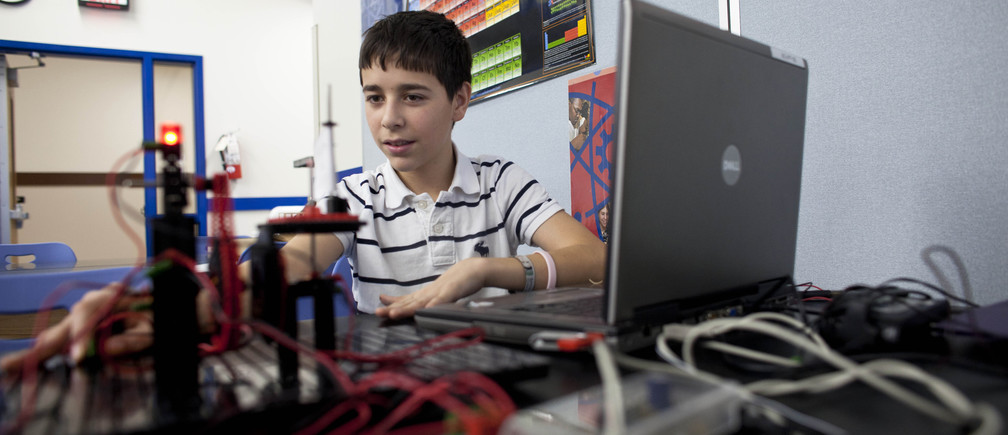
There is important significance for our students to develop a strong foundation of subject knowledge in primary and secondary schools develop a cognitive framework while adapting to the demands of the Fourth Industrial Revolution. To ensure students can effectively utilize the 4Cs (communication, collaboration, creativity, and critical thinking), education systems must strike a balance between imparting core subject knowledge and integrating AI tools like ChatGPT into the learning process. By adopting personalized learning approaches, enhancing teacher-student interactions, incorporating real-world problem-solving, providing continuous assessment and feedback, and supporting teacher professional development, schools can better prepare students for the challenges and opportunities presented by the rapidly changing technological landscape.
